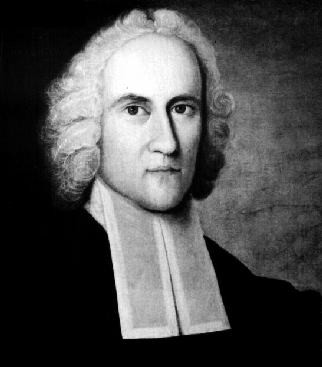
New Year’s resolutions are almost universally unpopular, and with good reason. They rely on willpower, which is as reliable as the microchip supply chain at this moment. Our wills are weak. Ironically enough, New Year’s resolutions are associated with the American Reformed theologian Jonathan Edwards, who came up with 70 strenuous, laborious resolutions. Edwards is not my favorite theologian for quite a number of reasons, but you can add this one near the top of the list.
So, for example, Edwards begins with this preface:
Being sensible that I am unable to do anything without God’s help, I do humbly entreat him by his grace to enable me to keep these Resolutions, so far as they are agreeable to his will, for Christ’s sake.
Remember to read over these Resolutions once a week.
Ok, right. Like I’m going to read my resolutions every week. I bet that would last until week three. But notice also that, for an ostensibly Reformed theologian, Edwards has a high estimation of what he can accomplish, albeit with God’s help. Despite the appeal to grace, Edwards ends up with as strenuous a view of the Christian life as any monk or ascetic. So his first resolution:
- Resolved, that I will do whatsoever I think to be most to God’s glory, and my own good, profit and pleasure, in the whole of my duration, without any consideration of the time, whether now, or never so many myriads of ages hence. Resolved to do whatever I think to be my duty, and most for the good and advantage of mankind in general. Resolved to do this, whatever difficulties I meet with, how many and how great soever.
There’s nothing wrong with this resolution, and it’s admirable. But again, it is a resolution to be strenuous at all times. It’s a far cry from John Calvin’s description of the Christian life, which he often described as two steps forward and one step back. And some of Edwards’s resolutions are simply grim, austere, and rigorous. They portray a view of the Christian life as a burdensome chore. A few examples:
10. Resolved, when I feel pain, to think of the pains of martyrdom, and of hell.
Well, that’s lovely. Is this to deny the reality of one’s pain? To minimize the need for grief and lament? I have a suspicion that it is, at least among Edwards’s modern admirers.
15. Resolved, never to suffer the least motions of anger to irrational beings.
I grant that this is a good one. Quite a good one, in fact. Never get angry at animals or inanimate objects.
38. Resolved, never to speak anything that is ridiculous, or matter of laughter on the Lord’s Day.
No humor, no lightheartedness on the Lord’s Day. Purely a human tradition and a false form of works-righteousness in which God is not honored in the least, but in which the Lord’s Day is made miserable.
In any case, there are 70 of these resolutions. Many of them are excellent, most are fine, some, like the last one I cited, are dubious. But my point is, we usually cannot even keep one resolution, whether it be about diet, gym attendance, social media addiction, you name it. Instead, someone recommended to me that I think about what I should leave behind in 2021, things I do not want to bring with me into 2022. So here are some ideas that a person recommended to me today.
- Leave behind excuses for not doing what you know you need to do.
- Leave behind your failure to understand your own worth as a person created in the image of God and uniquely gifted.
- Leave behind all guilt for taking care of yourself, for nurturing your soul, exercising your body, getting enough sleep.
- Leave behind working to excess, and taking on too much, and over-committing.
- Leave behind self-doubt. Sure, you’re not perfect, but neither do you have to be.
- Leave behind postponing things to the last minute, which generates stress.
- Leave behind the tendency to remain silent when you are unhappy or disagree.
- Leave behind the all-or-nothing approach to your projects. Leave behind perfectionism, in other words.
- Leave behind your habit of negative thinking. Pessimism. For me, this means that I say to myself, “I know that I will get beyond my grief and pain, and I will thrive again,” instead of what I actually said today: “I’ll try.” Do, or do not. There is no try.
- Leave behind your excessive concern about what people think of you. That is, regarding external, trivial things. Your looks, your height, your weight, your job.
- Leave behind what some call the “Sunday Scaries.” I did not make that up; I would try to think of something better. But in any case, this is when you spend your whole weekend worrying about the next week’s work.
- Leave behind living in the past. The future is ahead of you; receive it with gratitude.
- Leave behind your imposter syndrome. This one is hard.
- Leave behind your inability to say “no.” And also, your inability to be told “no.”
- Leave behind the pressure to look a certain way. I imagine this could take various forms, from your clothes, to your hair, your makeup, your weight, or to keep up some kind of façade.
- Leave behind your guilt about the list of things you have not managed to accomplish. You are not a machine, and the sum total of your life is not the number of completed projects.
- Leave behind pointless debates. Ouch. This applies particularly to social media. Yeah, this one also hits the mark. I love how some people never engage the trolls or the extremists, or when they do, it is in such a calm manner.
So, there are some things that you might be better off leaving behind in 2021. Next I hope to reflect on what to bring into 2022.


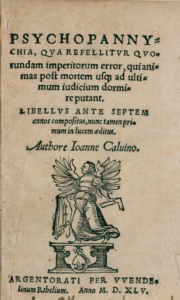 This experience of exile from France, his homeland, and from the Roman Catholic form of the faith, the faith of his childhood—both of which must have been traumatic—comes out in his first theological writing,
This experience of exile from France, his homeland, and from the Roman Catholic form of the faith, the faith of his childhood—both of which must have been traumatic—comes out in his first theological writing,  Looking ahead to being in the presence of his Savior after this life, Calvin compares it to the Israelites entering the promised land, and the holy city of Jerusalem. In this, Calvin reflects the tradition of Christian spirituality that sees Jerusalem as the symbol of unhindered fellowship with God, as depicted in Revelation 21:10.
Looking ahead to being in the presence of his Savior after this life, Calvin compares it to the Israelites entering the promised land, and the holy city of Jerusalem. In this, Calvin reflects the tradition of Christian spirituality that sees Jerusalem as the symbol of unhindered fellowship with God, as depicted in Revelation 21:10.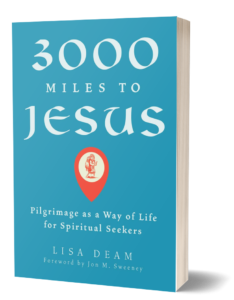 But it’s very important to note that the traditional, Christian view of pilgrimage is not a journey of self-discovery. Nor is it a search for an unknown God. Nor is it a solitary, self-focused enterprise; there are companions on the journey. Fleming Rutledge brought up this potential objection with me when I was posting about the topic of spiritual pilgrimage in connection with
But it’s very important to note that the traditional, Christian view of pilgrimage is not a journey of self-discovery. Nor is it a search for an unknown God. Nor is it a solitary, self-focused enterprise; there are companions on the journey. Fleming Rutledge brought up this potential objection with me when I was posting about the topic of spiritual pilgrimage in connection with  In his day, Calvin repudiated the practice of pilgrimages as a means to earn merit by one’s own exertions. But the biblical theme of the Christian life or the life of the church as a pilgrimage is dear to him, just as it was to many throughout the history of Christian thought. Not a pilgrimage of self-discovery. Not a pilgrimage to accrue merits. Not a pilgrimage to make oneself worthy. It is the journey through this world, this life, to our true home, and to our Lord, who made the pilgrimage from heaven to earth to be our Savior. As such, the Christian life is not a pilgrimage of works, but a pilgrimage of grace. Not a journey of self-justification, but of the Spirit’s sanctification.
In his day, Calvin repudiated the practice of pilgrimages as a means to earn merit by one’s own exertions. But the biblical theme of the Christian life or the life of the church as a pilgrimage is dear to him, just as it was to many throughout the history of Christian thought. Not a pilgrimage of self-discovery. Not a pilgrimage to accrue merits. Not a pilgrimage to make oneself worthy. It is the journey through this world, this life, to our true home, and to our Lord, who made the pilgrimage from heaven to earth to be our Savior. As such, the Christian life is not a pilgrimage of works, but a pilgrimage of grace. Not a journey of self-justification, but of the Spirit’s sanctification. As I work on a new translation of Calvin’s Institutes of the Christian Religion, the image of pilgrimage and its related themes show up frequently. So, for example, Calvin interprets the Old Testament promises to Abraham as ultimately pointing to the New Jerusalem:
As I work on a new translation of Calvin’s Institutes of the Christian Religion, the image of pilgrimage and its related themes show up frequently. So, for example, Calvin interprets the Old Testament promises to Abraham as ultimately pointing to the New Jerusalem: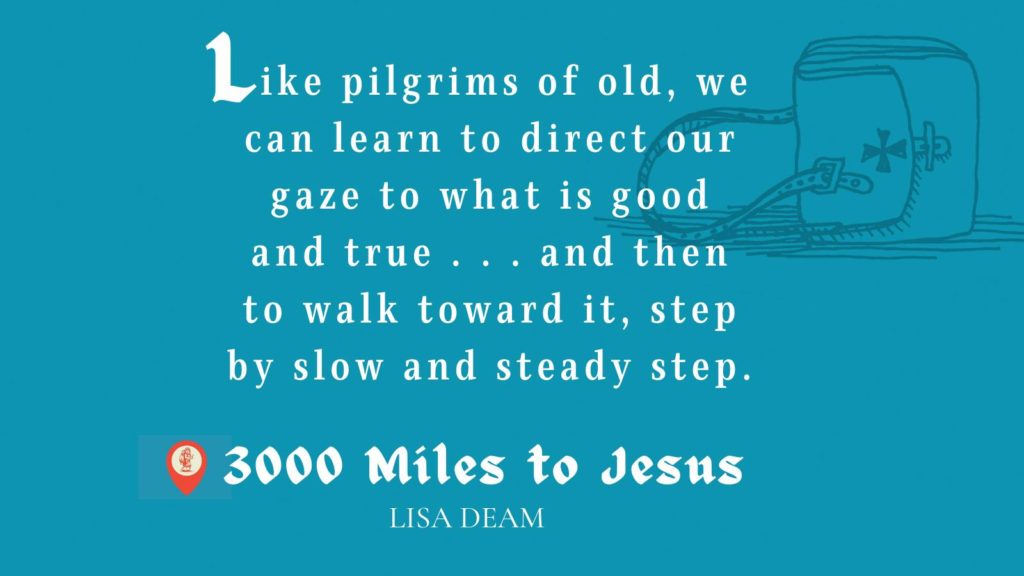
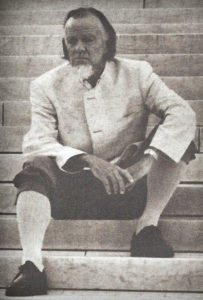

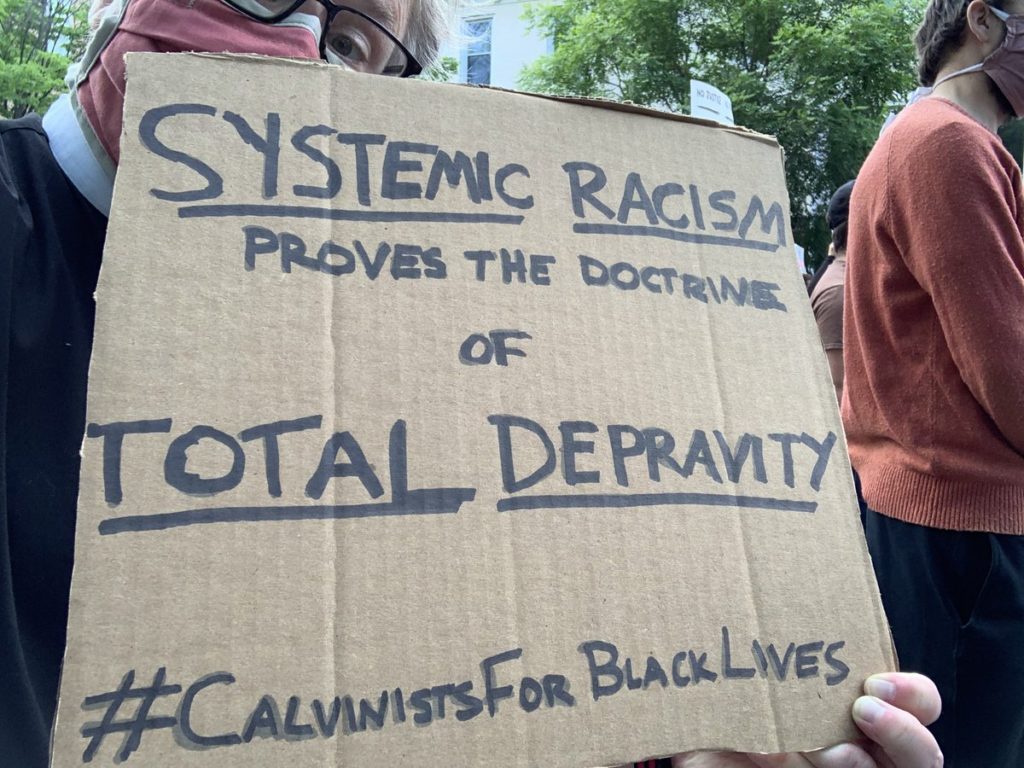
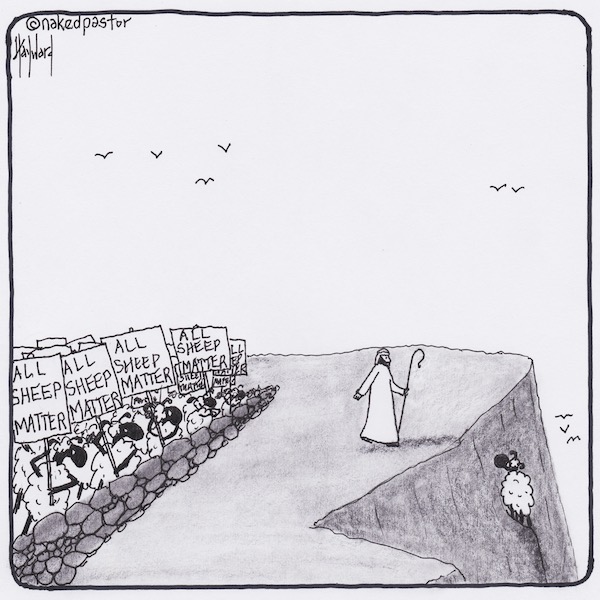



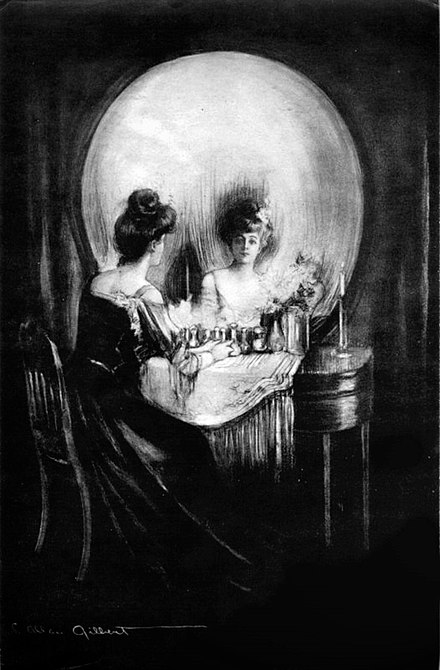

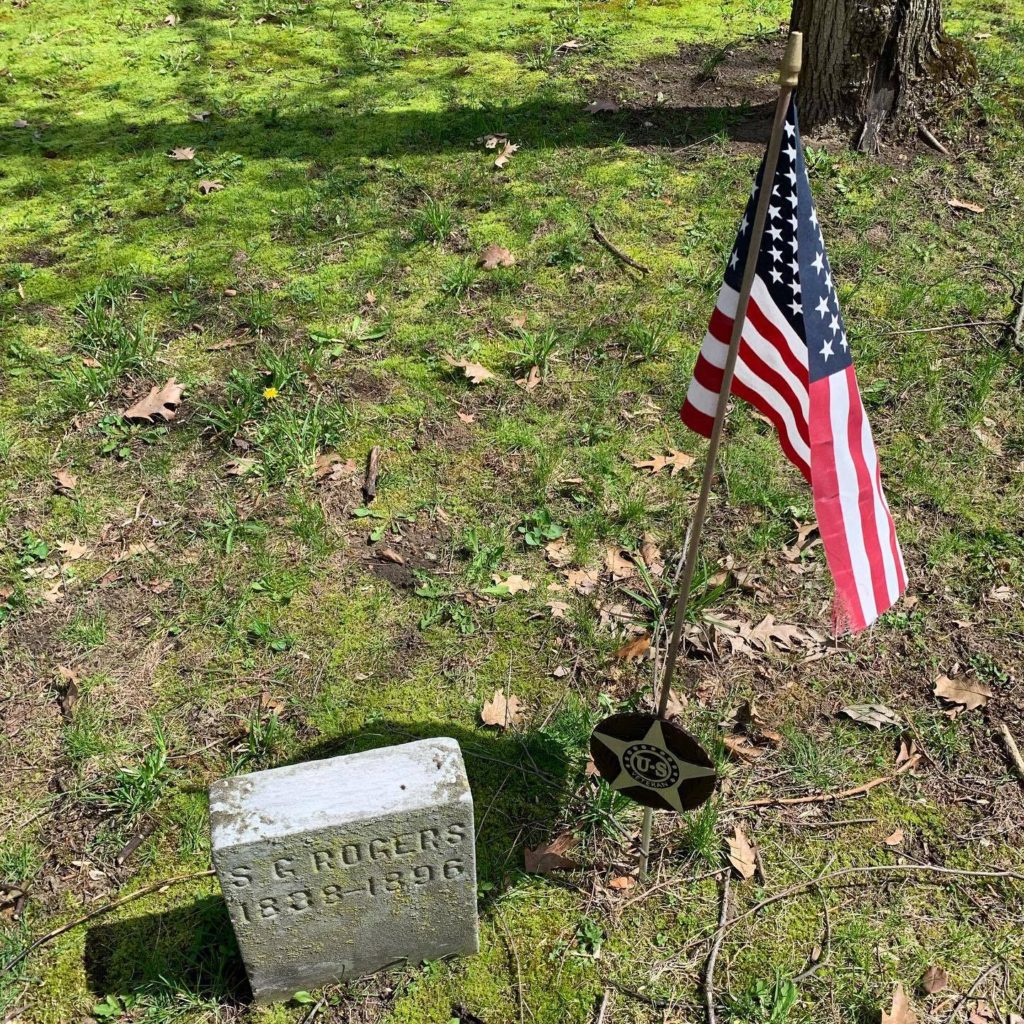
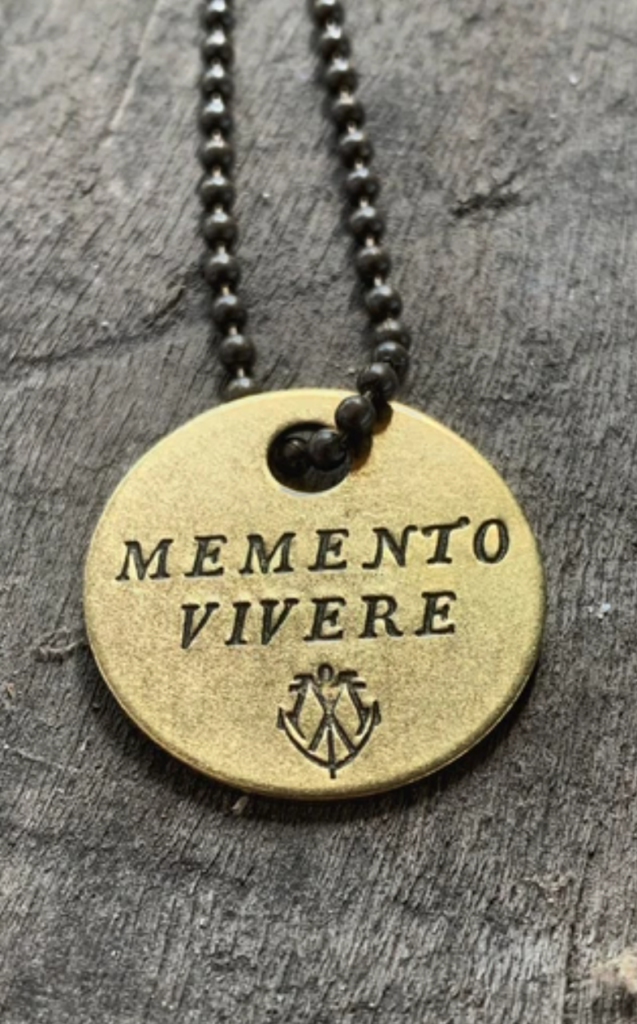


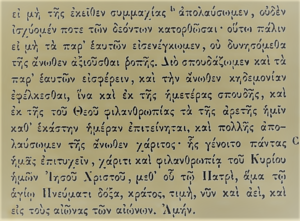

 The latest expression of white populist outrage has been directed at Nike, after the corporation
The latest expression of white populist outrage has been directed at Nike, after the corporation 